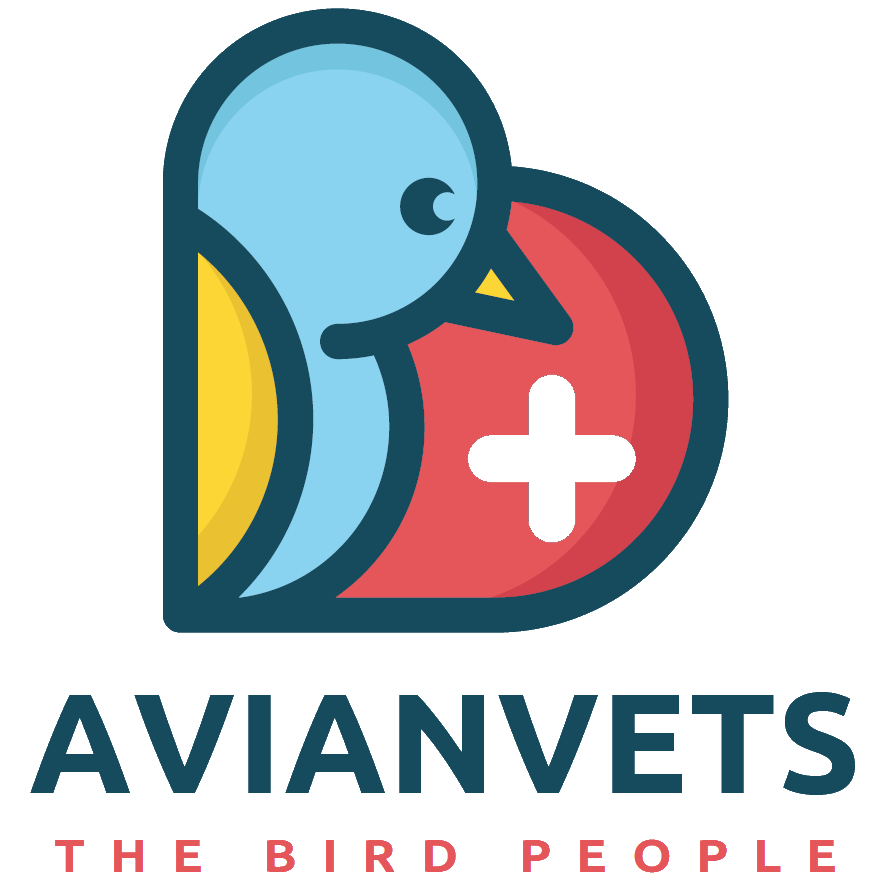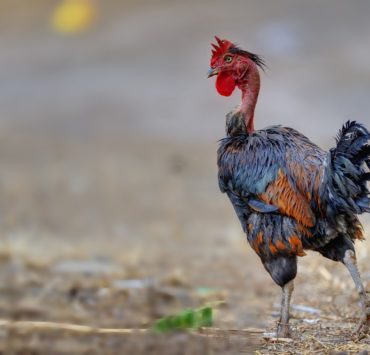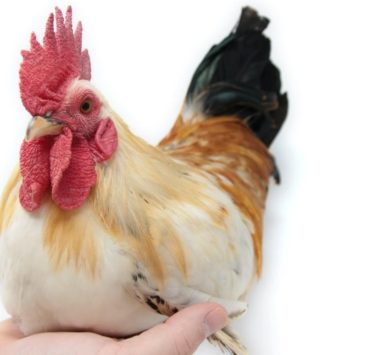If you’ve ever encountered an injured bird, then you know how heartbreaking that sight can be. Birds can get hurt for any number of reasons.
They may crash into large, clear windows in confusion, believing that the reflection of the sky or garden is the real thing. They may even get injured by neighborhood pets, rogue cats, and other backyard predators.
Either way, knowing what to do with an injured bird could spell the difference between life and death for these feathered beauties. Here’s everything you need to know.
How to Tell if a Bird Is Injured
First, you need to be able to tell if a bird is injured. Here are some of the signs to look out for:
- It attempts to fly but fails to take off
- It doesn’t fly away when approached
- You can pick it up with relative ease
- It is wounded or bleeding
- It has a visibly injured limb
- It’s lying still on the ground
- Its eyes are squinted, shut, weepy, or swollen
- Its feathers look extremely ruffled
If you’ve found an injured bird exhibiting any of these signs, you’ll need to take immediate action to save its life. Keep in mind that in some cases, what you believe to be an injured bird could be a bird in shock.
If you place it in a safe and quiet place outside, protected from the winter cold or summer heat, it may recover on its own and fly away.
On more than one occasion, we’ve encountered birds that “woke up” and fluttered away after what looked like a serious injury.
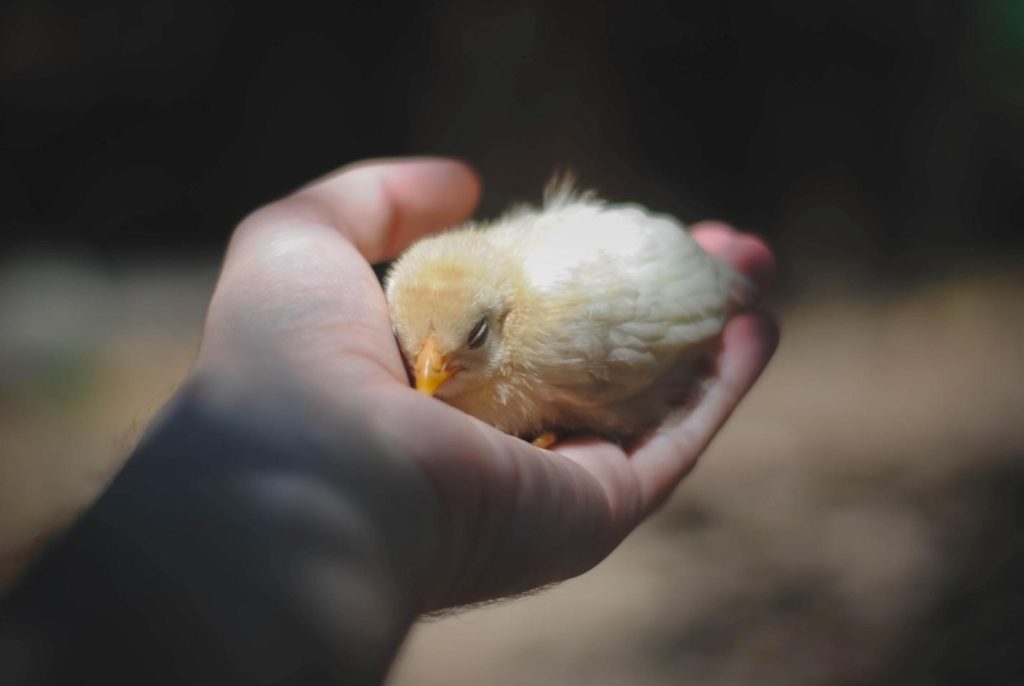
How to Handle an Injured Bird
Once you have it in hand, keep a firm (not tight) hold on it. Pick it up only by the body – not its legs, wings, or head. Make sure it is fully supported. Its feet should not be dangling.
If the bird in question is larger than the palm of your hand, hold it in one hand, and place the other around its shoulders, with the wings folded against its body in their usual, at-rest position.
Here are three things you need to keep in mind when handling an injured bird:
- Just because the bird is still doesn’t mean it’s calm
- The bird is still frightened and isn’t aware of your good intentions to help it
- Smaller, injured birds can die from stress
How to Help an Injured Bird
Now that you know what signs to look out for, the next step would be to help the injured bird. Here’s what you need to do:
1. Check That the Bird Is Not Orphaned
Orphaned birds tend to look like they’re injured when they are not. Baby birds tend to have weak flight muscles and short wing feathers.
From time to time, their parents will feed them outside the nest for a few days before taking them back. You’ll need to assess the situation beforehand to determine if the bird is indeed injured.
2. Move the Bird to Safety
If the bird in question is an injured wild bird, first need to put on a pair of gloves before handling it. This protects you from any germs or diseases the bird may have.
Next, get a cardboard box and gently place the bird inside. Cover the box with a towel and place it in a cool, safe, and sheltered spot outside. Leave it undisturbed to give it time to recover from the shock of its injury.
3. Check on the Bird Periodically
Keep checking on the bird every 30 minutes or so to see if its condition is improving. If you’re wondering what to feed an injured bird, the answer is – nothing.
Don’t attempt to feed it or give it water, even if you mean well. You could end up doing more harm than good.
You can place a shallow pan of water next to it, but don’t force the bird to drink. If after two hours the bird still doesn’t get up and fly away, you’ll need to call your local wildlife rehabilitator to nurse the injured bird back to health.

Where to Take an Injured Bird
At this point, you might be wondering – Why such a hands-off approach? Can I take an injured wild bird to the vet? No, you can’t.
The Migratory Bird Treaty Act makes it illegal to handle wild birds. This law makes it illegal to even own a bird feather. You’ll need to have a state and federal permit to “rescue” and “rehabilitate” wild birds.
If you find an injured bird in crisis, especially if it’s a baby bird, the temptation to keep it and nurse it back to health can be overwhelming.
The decision to turn them over to a wildlife rehabilitator (which would be the right thing to do) can be hard to make, especially if you have young kids in the house begging to take care of them.
While it might seem like a bit of a stretch to categorize that cute little bird you find lying helpless on the side of the road as a “wild” animal, that’s just what it is.
Any creature that’s not domesticated, meaning it has not been bred (for centuries) to live under the care of humans, is by the very definition of the word – wild.
Contrary to what you might believe, the term “wild” is not synonymous with “dangerous.” It refers to any animal that lives on its own and fends for itself without any help from human beings.
Birds, regardless of their size, are wild. Keeping an injured Robin, for instance, is just as illegal as keeping an eagle.
Get Help From a Wildlife Rehabilitator
The only place you should take an injured bird is to your local wildlife rehabilitator. Only they have the proper skills and equipment to handle injured birds with the appropriate care.
When you do, be prepared to provide a few details like your name and contact information, the precise location where you found the bird, and the circumstances that led to you finding it.
You can always follow up with the rehabilitator later to find out how it is doing.
For more information on avian care, talk to any of our licensed veterinarians through the online Vet Chat today.
